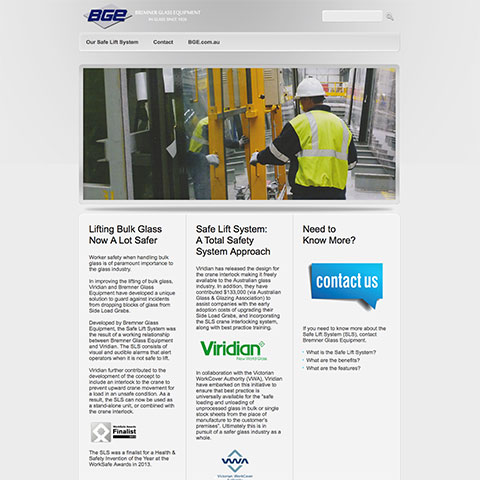The federal government has made 484.2 million available to a fund called entrepreneurs’ infrastructure programme to help Australian businesses grow and innovate.
As a consultant, like most consultants in Australia and western countries , major client relationships with the government is necessary to achieve grants that are always
available for the industrial and service sectors .
Unfortunately most businesses are sceptical of government programs and this combined with their inability to actually understand how to proceed with program applications and proposals makes many of them unable to receive government grants at a time when the business could benefit most from them.
Government grants are good and very helpful for a business if they are properly directed and structured
Government grants are easy to achieve if you have the turnover and necessary criteria for the application if you have a consultant that knows how to proceed to achieve such grants
Government grants can assist you to find the quickest pathway and direction to achieving your growth profit and development goals . Having an external person that is not on the payroll ,but paid for by a grant can make this an enjoyable, inexpensive, and an inexpensive way to achieve better business outcomes sooner.
The first step is to be able to undertake a briefing with a consultant familiar in government grants and with a good track record of consulting in Australia.
The briefing should outline what your business is ,and what it does for clients and how satisfied you are with its growth and development to date. You then need to outline how many people you have working for you, your turnover in sales volume and what are your resources and capacity for growth in the near future.
You then need to give your aspirations for the business and your vision for the business; what it will look like in 10 years and whether you will be with the business or whether you will need a succession plan or sale
At that stage you can then divide the business into sections such as ;marketing and sales ,accounting and finance ,business operations ,product development ,product and marketing .product mix and customer supplied sectors so that the consultant can see where you are strong and weak and estimate development work to achieve outcomes.
Then you can introduce your ideas for future growth and any projects or new ventures you wish to add to your business, along with new products or growth sectors you would like to engage with.
You should tell your consultant at this stage and not at the beginning of the conversation because new ideas and new opportunities et cetera are not going to happen unless you can harness the grant through the consultant understanding your business and assessing your opportunity to gain the grant.
The project can then be scaled and scoped based upon the amount of money you need to match to the grant to achieve the grant outcome in dollar terms for the project and business
The consultant will then write a proposal for you based upon their knowledge of the grant application .The proposal should be written around grant criteria and the outcomes that will be evaluated by a committee or department . All of these must be in sync with what you need for your business growth and development
You need to then clarify with the consultant what their role be who will be doing the project,what they will bring to the business and what you will receive and what the government will receive . How you or staff will assist and when the money is to be paid to the consultant and be received from the government . Finally there is always reporting to the government on out comes expected in addition to measurement of your outcomes from the grant process.
For consultants that know how to prepare the grant proposal and how to work with clients that they have successfully completed grants for this is an easy and simple process . For clients that have taken the time to do their homework and prepare a brief it is even easier and the outcomes can be very rewarding for both parties
No one expects to get a consultant to talk about satisfaction.
Most consultants work in the industry because they enjoy the work ,the freedom to work on different exciting projects and to develop new products and markets and because they enjoy the diversity of business practices and activities that come through been a consultant
Making your project exciting for the consultant will get you a much better outcome and will be rewarding for them as well as you . The money is important . however it is only a part of that process ,because projects that are not exciting and are boring and become bogged down or elongated in time and detail often result in frustration and do not get the best intellectual or professional input.
Consultants do not enjoy them and become reluctant to reference them to future clients
Consultants thrive on a good quick job and high motivation and this gets you a much better result.
If you have produced a good brief and the consultant and you work together well then this grant is often a stepping stone to another grant and to future growth and development.







